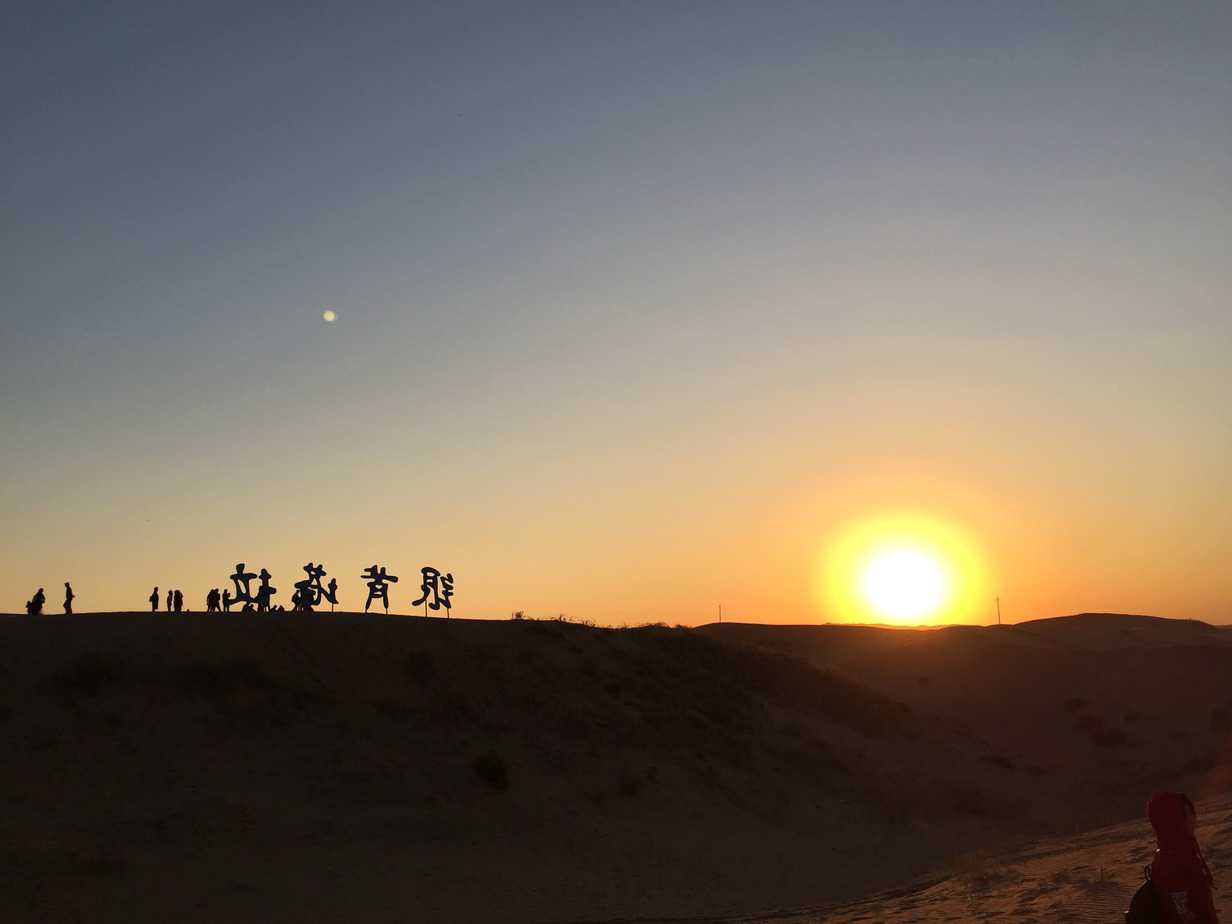During this year’s golden week in China, I decided to travel to Inner Mongolia to escape the swarms of tourists in the city of Beijing. It turned out to be a great trip and I am happy to share my travel experiences in Inner Mongolia with you this week.
Grassland – Staying in a Yurt!
The grassland was a vast and scarce landscape with the most incredible night sky (夜空中) one could imagine. It felt like beig inside a real-life planetarium with actual shooting stars. Seeing the stars in Inner Mongolia was definitely one of my personal highlights during this trip. The yurt/ger (means ‘home’ in mongolian) is also known as the mongolian traditional house and is built in a special shape to preserve the heat and protect from the unforgivingly cold mongolian winds in the past three thousand years. Without electricity and heater, the night was rather cold but totally worth the view into the dazzling nightsky.
Special travellers: American family living 20 years in China
One of the most memorable trip members and actually the only non-students on our trip, was a US American family who moved to Beijing 20 years ago. They came with two of their children who were both fluent in Chinese (12 and 16 years old) as they went to Chinese school for a couple of years. Every Chinese we came across during the trip was fascinated by the tiny blond girl who could perfectly communicate in Chinese. While Beijing has increasingly seen lots of international visitors and workers, it is still rather unusual to meet someone with a western appearance and flawless Chinese skills.



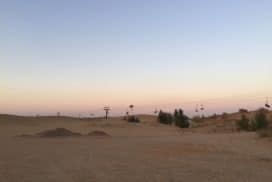
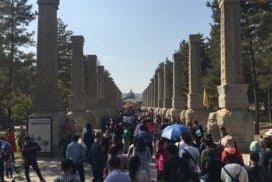
Language Update – 进步
While my vocabulary and reading comprehension are steadily expanding, there are two major language issues that I want to tackle in the upcoming weeks: improve my daily conversation vocabulary and practice my listening comprehension. To learn more words (生词– sheng ci), I am using several memorization techniques to effectively remember the vocabulary. Word recognition is practiced by word association; building an association from every base word that I come across. For instance, the word for water 水(shui)is also part of the word for fruit 水果(shui guo)and the word for apple includes part of the word for fruit 苹果 (ping guo). So if I try to remember the word for apple, I can use my associative bridge to remember the character and sound by starting of with the word water 水. This memorization technique is effective for both long-term and short-term memory as it isn’t very time-consuming to build associative bridges and connect words in your mind.
How to memorize Chinese characters…
If I can’t seem to remember a certain sentence or word sequence, I found it helpful to write down the word or sentence multiple times and even break down the characters into radicals. The radicals have a separate meaning but often times are very helpful in making up a short story to remember the meaning and pronounciation for each character. Recently, I noticed that pure rote memorization is not the most effective way to memorize new vocabulary, since it will be difficult to derive the meaning without any connections to the character.
Language Learning Tip: Break the characters down into their original compounds!
Therefore, learning the radicals and meanings of each compound first before attempting to memorize an entire character, has been proven to save time and effort on the long-term. Why is that? Because Chinese characters are made of many separate radicals which again have separate meanings. If you are struggling to memorize a large amount of characters, I can highly recommend to make up your own story for each combination to keep it in your long-term memory.
This week’s odd discovery
I would like to share surprising, unexpected or odd things that I experienced in China from my mostly western-culture-influenced perspectivewith you.
White Coca Cola?
The other day I was shopping snacks for a trip with my friends in one of the larger and popular supermarket chains in China; namely the French conglomerate Carrefour. We found a couple of interesting things such as a white Coca-Cola drink, something I have never seen before, but then again as a ‘ tea & water’ person I am not following the newest trends on soda beverages.
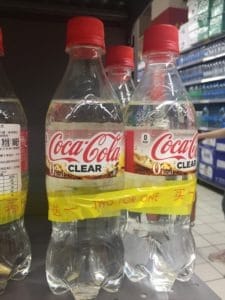
Big, bigger, this rice container in China’s Carrefour (家乐福):
Another odd discovery was this massive rice container at Carrefour, I even took a picture with it to demonstrate the actual size of this enormous staple food holder. Someone say again the Chinese people in the north prefer noodles over rice…
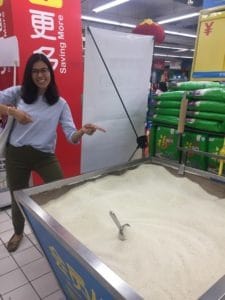
A noodle machine!
Wow so convenient – this noodle restaurant in Beijing surely knows how to efficiently scrape fresh ‘hand-made’ noodles into their boiling noodle pot. I have to say, this bowl of fresh noodles was delicious and I definitely couldn’t taste the difference between hand-made and machine-made noodles: 10/10.
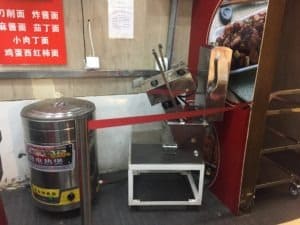
These were my odd discoveries this week, please take them with a pinch of humour as I am trying to capture my list of unexpected discoveries in China as long as my foreigner-point-of-view lasts. As time flies by and myself adjusting very quickly, I am worried the list will soon be challenging to fill with new discoveries. So stay tuned for the next episode of curious discoveries in and around Beijing!
I am looking forward to the next week at 北京大学.
See you later ~ 回头见 [huí tóu jiàn]!
